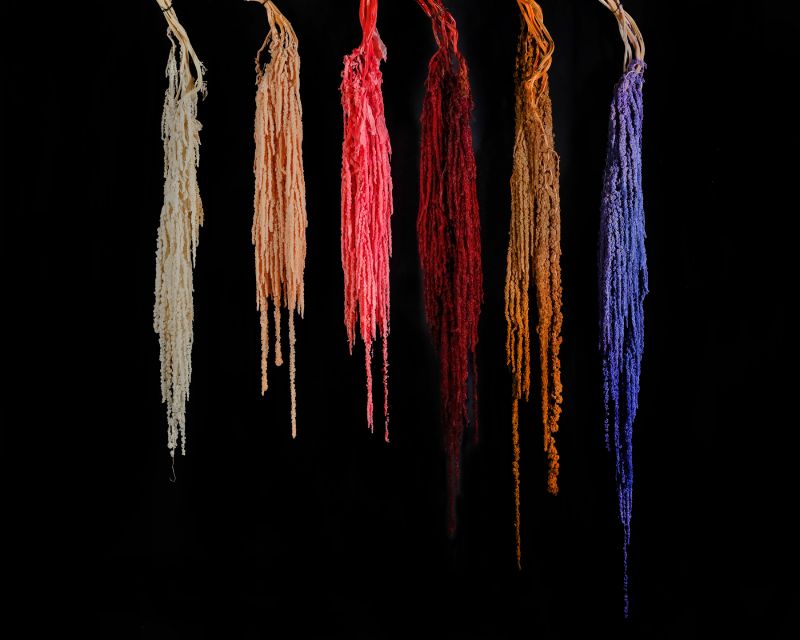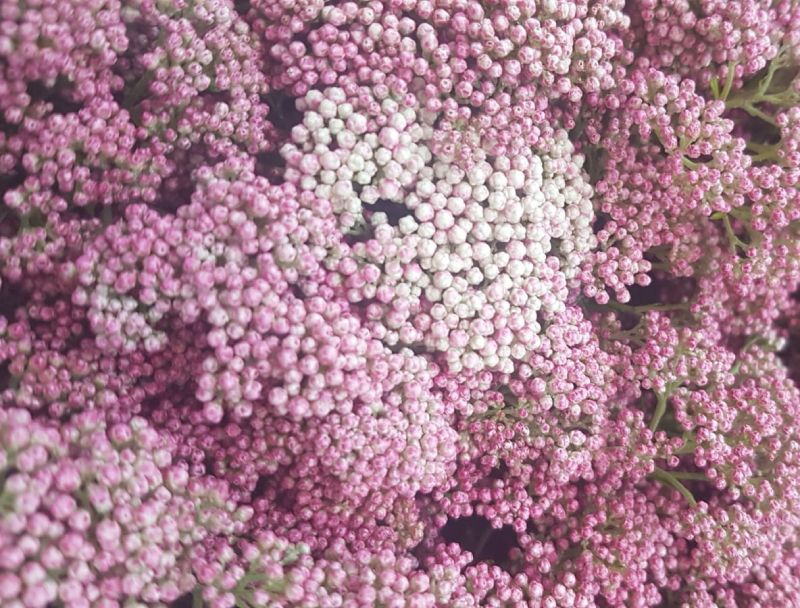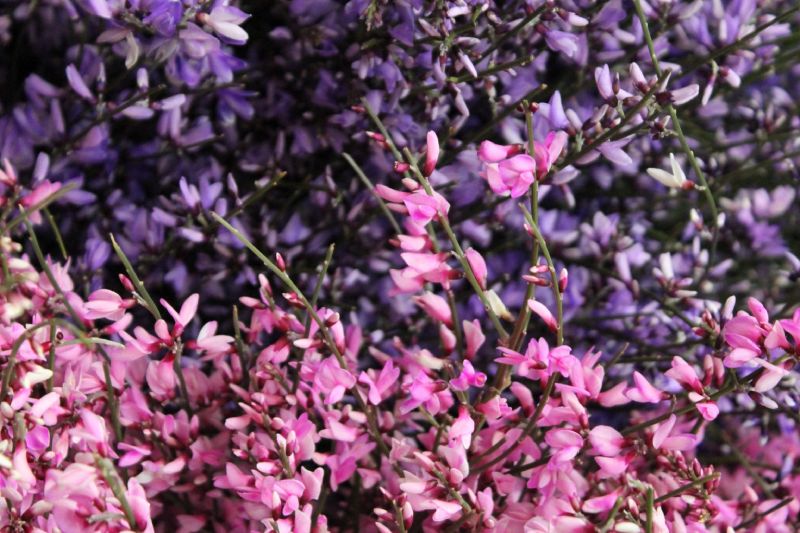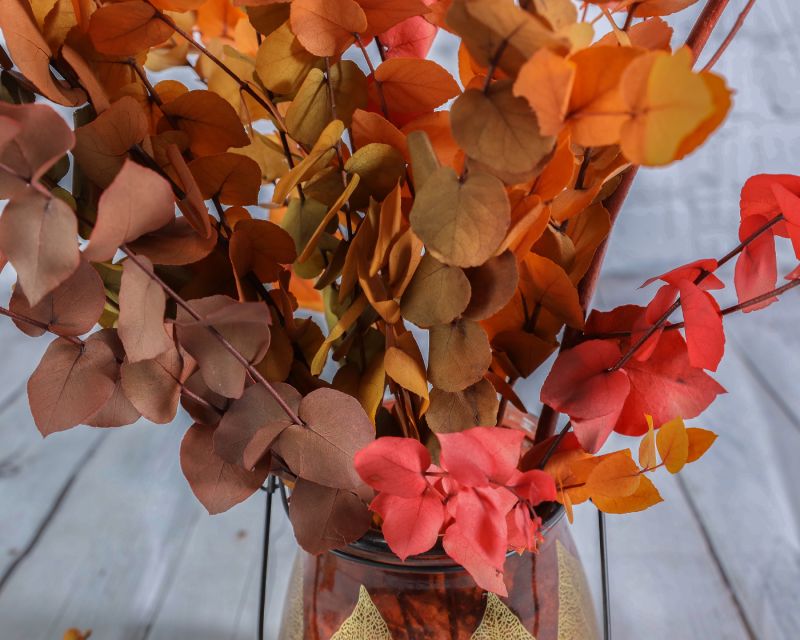“Say it with a flower” goes a famous saying. But how great would it be if flowers could preserve the message they hold for a long time? This happens with preserved flowers, which have been a real “revolution” in the floral sector. Called ‘preserved flowers’,they are 100% natural e, grazie a un particolare processo, possono mantenere la loro bellezza inalterata nel tempo.
What are preserved flowers?
First of all, a clarification: although we commonly speak of “flowers,” preservation is a particular procedure to which leaves, branches and fruits can also be subjected. Through this treatment and the use of special products, a preserved flower (and other plant elements) does not undergo its natural deterioration and retains the characteristics of freshly harvested ones for a long time.
How to preserve flowers
Preservation is a procedure that involves replacing the plant sap contained in flowers and plants with other substances with preservative properties. It can be accomplished in different ways, but in any case, it takes place through several stages:
- Harvesting the product during the peak of flowering to capture its maximum beauty and durability.
- Dehydration of the product (times vary for different products)
- Rehydration of products by soaking in a solution of water and glycerin (preservation by immersion) or placing in jars filled with the same solution (preservation by absorption).
During the preservation process, which is completed in about 3 to 4 weeks, the flowers can also be colored by adding pigments into the solution of water and glycerin or, by eliminating the chlorophyll, by bleaching them, making them white or cream-colored, two popular shades. Bleached flowers (link to: article 04) are, however, very delicate because they are immersed in acidic and very aggressive substances that also cause the loss of much product. This also happens, to a slightly lesser extent, in preservation and is the cause of the higher cost of preserved flowers compared to fresh cut flowers.
Difference with dried flowers
Some people might think that preserved flowers are similar to dried flowers. This is not quite so. There is a big difference between dried flowers (link to article 03) and preserved flowers. Both products are obtained through complete dehydration, that is, with the elimination of the plant sap present inside them, but in the case of dried flowers the process ends without putting in any other substances. Preserved flowers are, on the other hand, rehydrated with liquid substances that preserve, precisely, their characteristics as if they were fresh.
Advantages of preserved flowers
Despite the higher price, preserved products are increasingly in demand. How can this great success be explained? The answer lies in the advantages that preserved flowers offer:
- Long (even very long) duration: thanks to the process they undergo, they can last for months and if well maintained even years, retaining the beauty of fresh flowers. The average duration also depends on the type of flowers: some such as ranunculus or peonies, which are already more delicate in themselves, last approximately one or two years, others such as preserved roses more resistant can last up to five years;
- Ideal for decorative purposes: due to their durability, they are perfect for use in creating floral arrangements for ornamental use;
- They do not require special maintenance unlike fresh flowers, which, on the other hand, need more attention;
- Their long duration makes them inexpensive: in fact, you only need to buy them once to enjoy their beauty for a long time.
How to take care of preserved flowers
All it takes to ensure that preserved flowers retain their characteristics for a long time is a few small steps:
- .Do not water: in fact, they do not need the nutrients contained in water
- .Do not expose them directly to the sun: with sunlight their color would tend to fade
- Do not wet them either with running water or in the rain: to clean them simply use a soft brush or a hair dryer with a not too strong jet of cold air
- Do not place near heat sources: to avoid accelerating their natural decay



